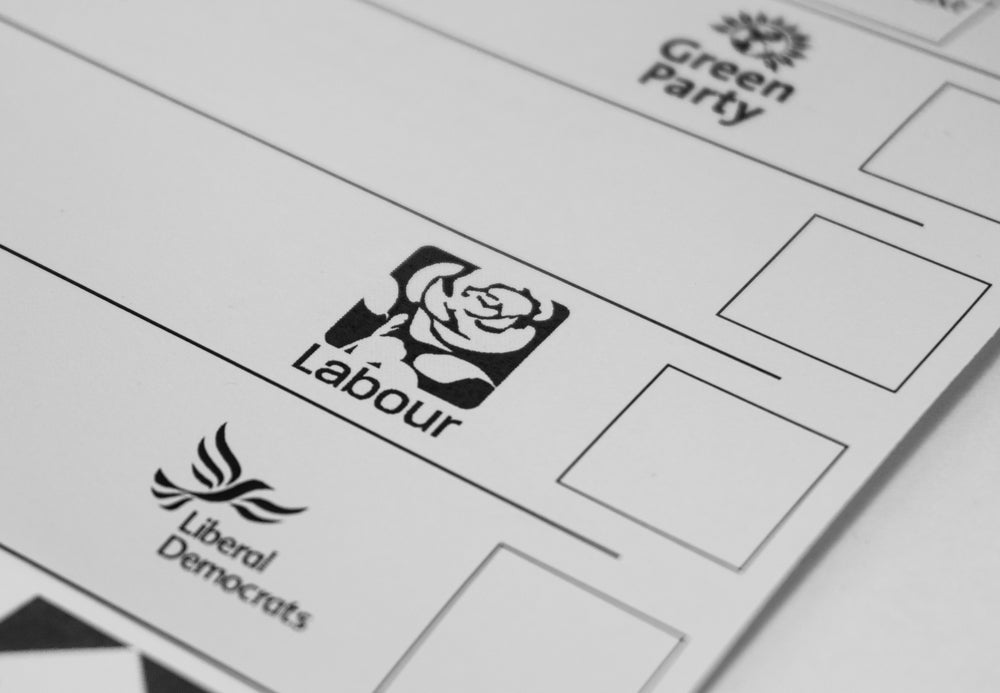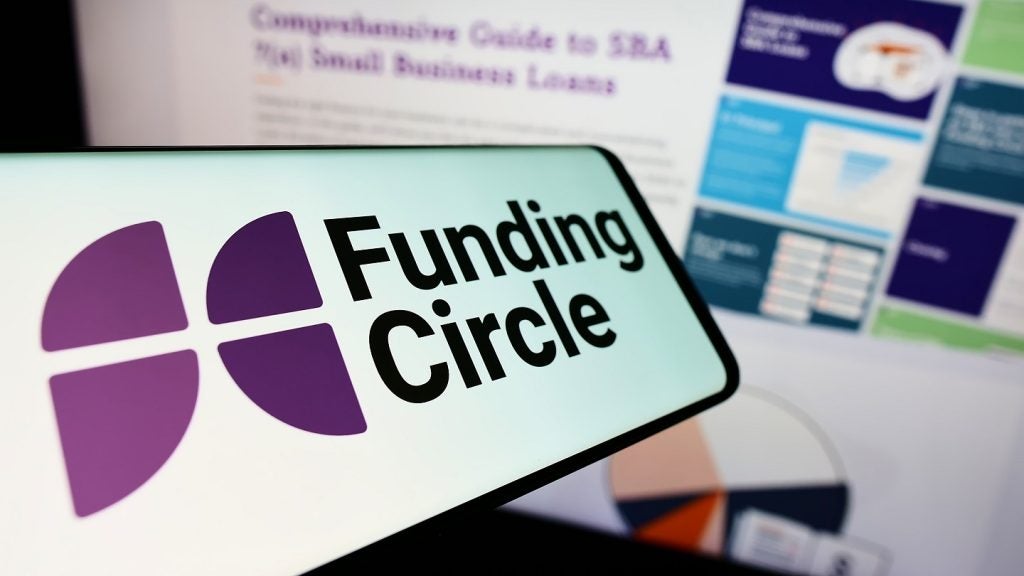He now plans to cut it even further
than the 25 percent he promised previously. The knock-on effect
would be a reduction in capital allowances.
At a press conference last year
Osborne told Leasing Life that this was likely to mean
cutting the capital allowances (CAs) for most equipment to a 10
percent annual writing down allowance (WDA), compared with the
present rate of 20 percent.
Remarkably, Osborne claimed then that
a 10 percent rate would be more in line with the average
depreciation cycle of equipment. Few experts would agree with
that.
Inadequate tax allowances for
depreciation, however, would not necessarily discriminate against
leasing. They would, though, discourage investment in capital
equipment across the board. The result would also be that all
businesses are taxed on larger amounts than their true profits.
Also, last month Osborne set out a
further proposal to restrict corporation tax relief for loan
interest.
How well do you really know your competitors?
Access the most comprehensive Company Profiles on the market, powered by GlobalData. Save hours of research. Gain competitive edge.

Thank you!
Your download email will arrive shortly
Not ready to buy yet? Download a free sample
We are confident about the unique quality of our Company Profiles. However, we want you to make the most beneficial decision for your business, so we offer a free sample that you can download by submitting the below form
By GlobalDataThe general rule at present is that
all loan interest incurred for business purposes is allowable as a
charge against taxable income, except for some special
anti-avoidance restrictions mainly affecting international
corporate groups.
As with CAs, it seems to be part of
the overall plan to cut the headline rate of tax without relieving
the real tax burden, by making companies pay tax on more than their
real profits. It could have a particularly bad effect on distressed
businesses which will tend to have relatively high
indebtedness.
Yet the restriction could bring a
relative advantage for leasing if lease rental payments remained
allowable as a business expense, even if loan interest relief was
curtailed.
Relief for rental expenses comes in a
different part of the corporate tax code from loan interest
relief.
Trying to curb both to a similar
extent, so as not to open up an advantage for leasing, could
require some very complex legislation.
It is not clear what Osborne would do
about the 100 per cent write-offs for some plant under special
rules.
This includes the annual investment
allowance on the first £50,000 of annual equipment spending, which
mainly benefits SMEs, and various first year allowances for green
assets.
Nonetheless, nearly all of these 100
percent write-offs have been unavailable where the leasing option
is used and the lessor would be the party claiming CAs.







